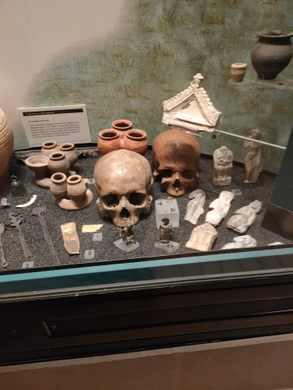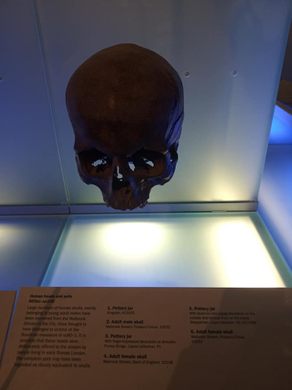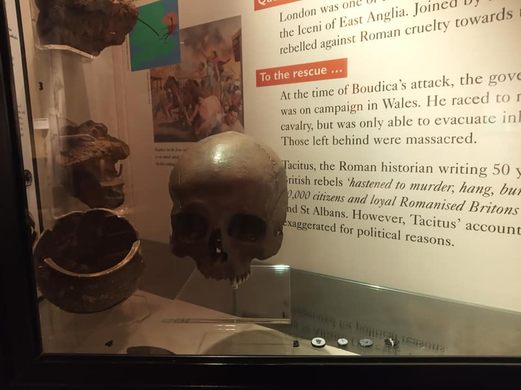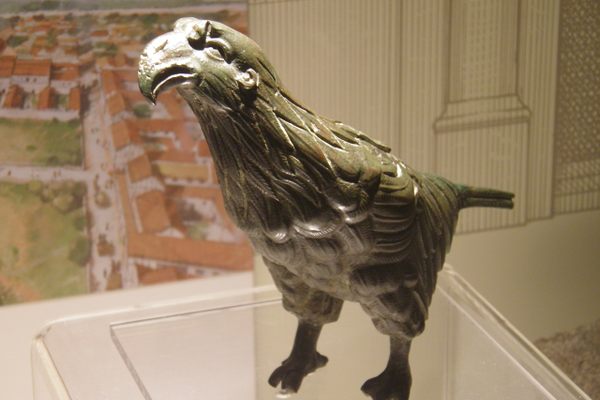Walbrook Skulls
It's a mystery why these remains were found with no traces of their bodies in sight.
From the late 1980s to the present, archeologists excavating an area of London have made a haunting discovery. Over the years they have unearthed 39 skulls, with no trace of any other body parts found nearby.
This, it appeared, was an extreme example of “disarticulated” human remains, meaning the skulls were either deliberately separated from the bodies and buried or discarded separately. The remains were all found to belong to males, between 18 to 35 years old, and dated from when the Romans occupied the island.
The skull fractures, missing teeth, fractured jawbones, and blunt force trauma suggest the men lived violent lives or had been subjected to great violence themselves. The majority of the skulls displayed sharp force trauma close to the neck vertebrae, indicating that decapitation had been the likely cause of death.
Initially, many people thought the skulls may have belonged to unfortunate Roman victims who had been decapitated by Boudicca’s warriors during the Celtic Iceni queen’s rebellion. Some scholars even theorized that the victims’ severed heads may have been tossed into the water as part of a ritual offering.
However, all but the infirm and the vulnerable had already evacuated Londinium prior to Boudicca’s attack, so it wouldn’t make sense for the male skulls to be casualties of her quest. Moreover, the rebellion took place in 60 to 61, whereas the carbon dating of the remains suggests that the bones had been deposited sometime between 70 to 200, an era that was marked by sustained peace.
Given how unlikely it is for the skulls to be Boudicca’s victims, other theories have since been proposed. One holds that a Roman cemetery was flooded, carrying the skulls downstream and damaging them against rocks in the process. A second theory suggests the heads belonged to men who were involved in an undocumented insurrection against Roman rule who were subsequently killed by “Romanized” Celts. A third theory, which the Museum of London details on its website, proposes that the skulls belonged to former gladiators or criminals, whose remains may have been left in the open gladiator burial pits nearby.
Update as of December 2022: Closed for refurbishments until 2026.
Know Before You Go
These mysterious skulls can be seen in the Roman Britain/Londinium Gallery of the Museum of London. Due to the sheer number, the skulls are spread across several of the exhibit cases where they are displayed alongside other interesting artifacts from Londinium.
The Museum of London is located next to the Barbican and can be reached by taking the tube to the station of the same name. Entrance to the museum is free, although a donation of £5 is recommended as it helps to keep the institution running. The museum opens from 10 a.m. to 6 .p.m daily and has an on-site shop, a bookshop, and several cafes and restaurants where you can get a coffee or something to eat. Audio guides, guided tours, and talks are available for all of the galleries of the museum.



























Follow us on Twitter to get the latest on the world's hidden wonders.
Like us on Facebook to get the latest on the world's hidden wonders.
Follow us on Twitter Like us on Facebook